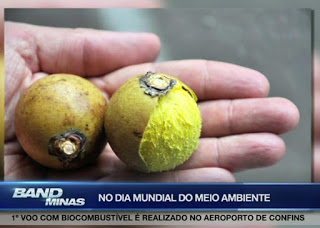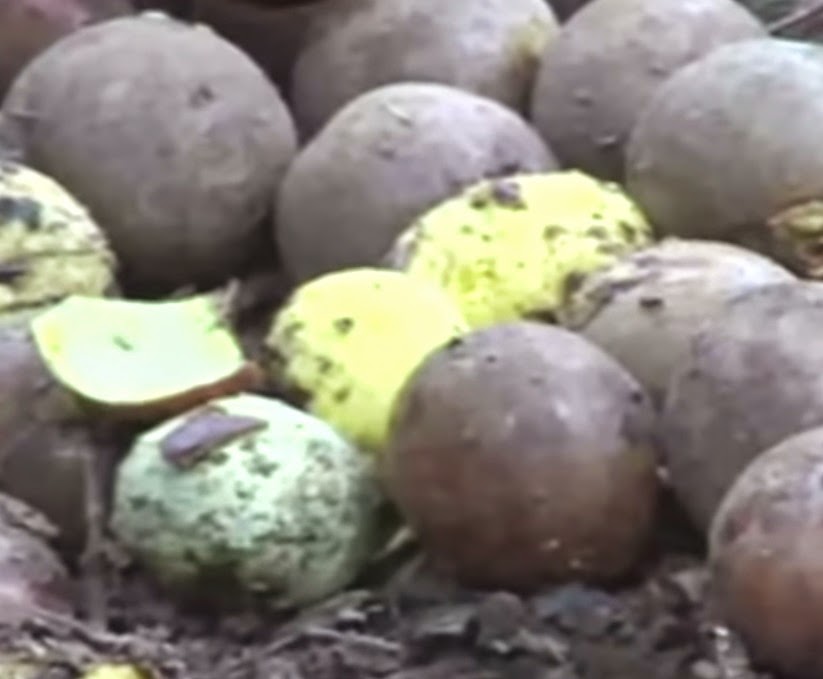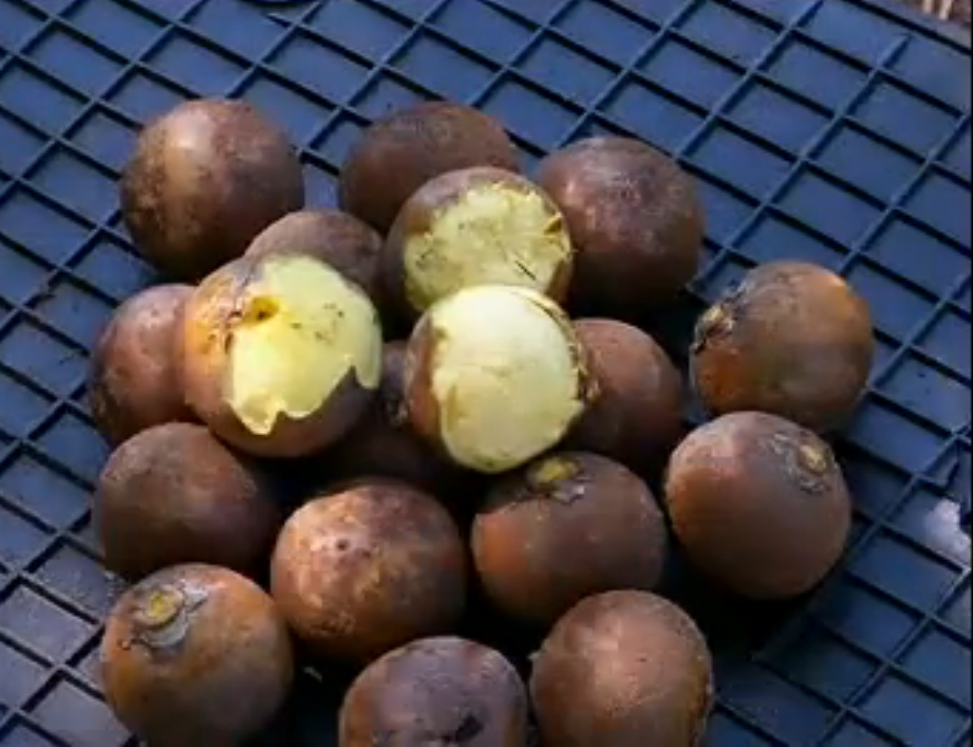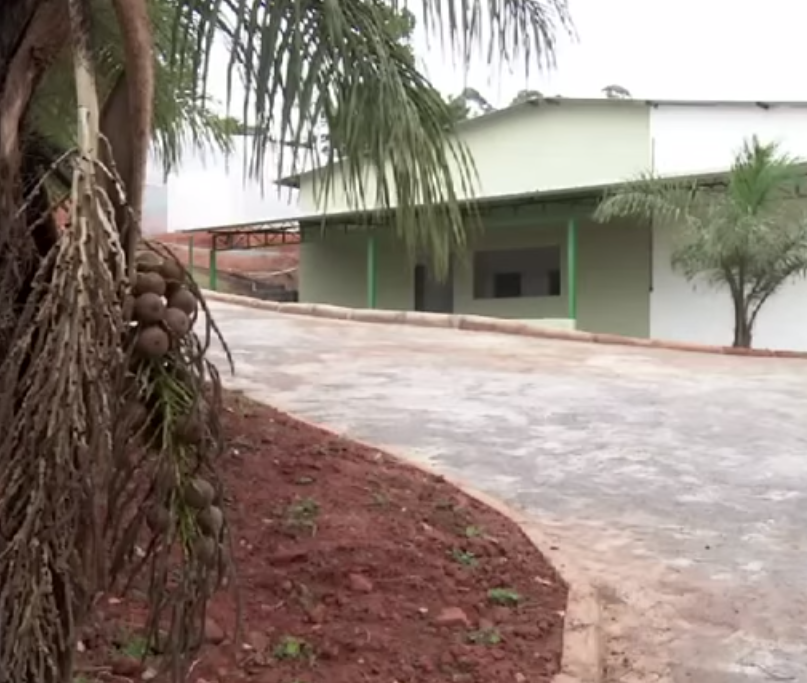Louis Dreyfus completes test with 30% biofuel in shipping
segunda-feira, maio 02, 2022
Agricultural trade Louis Dreyfus today announced (29/4) the completion of a test of mixing biofuel with marine fuel. It was the first time the company sailed using 30% biofuel (B30). The test was done in collaboration with ship maker Wisby Tanke of Sweden.
According to Louis Dreyfus, the trip lasted 55 days, departing from the terminal in Ghent, Belgium, to another company terminal in Santos, Brazil, and returning with a full load of orange juices.
The route served to measure the impact of the B30 mixture on the ship's fuel system and overall performance.
"The results showed that B30 is a cleaner and more practical substitute for VLSFO (Fuel oil with ultra-low sulphur content), reducing greenhouse gas (GHG) emissions by about 24%; equivalent to 723 tons of CO2 (tCO2e)," the company said in a statement.
The remaining 76% of GHG emissions from the trip were offset with carbon credits —which made this orange juice shipping also the first with carbon emissions neutralized worldwide.
A third-party certified carbon credit stake was used from the Kariba REDD+ Project, which protects forests in Zimbabwe and supports local communities.
Other technologies are also on the company's radar, such as wind propulsion, solar, batteries and air lubrication systems.
Shipping is among those that will have the greatest difficulty cutting emissions and reaching 2050 with zero carbon.
In February, more than 100 countries signed the Brest Oceans Commitment, which brings some agreements in the area of maritime transport:
- 22 European shipowners have committed to the new Green Marine Europe label, which involves measures to reduce underwater noise and greenhouse gas emissions, oil discharge and ship recycling.
- 35 actors, including 18 major European and global ports, have pledged to accelerate the supply of electricity to docked vessels to limit GHGs and reduce air pollution in port cities.
- All Mediterranean countries, together with the European Union, have committed themselves to asking the International Maritime Organisation (IMO) to set up a low sulphur zone across the Mediterranean from 1 January 2025.
Carbon and biodiesel credits. Bunker One Brasil, a supplier of marine fuels, today announced that it neutralized 300 tons of carbon emitted in 2020 and 2021 with the purchase of carbon credits.
According to the company, the emissions inventory was prepared by independent audit and calculated using the methodology of the Brazilian GHG Protocol Program.
At the end of last year, the multinational signed a partnership with the Federal University of Rio Grande do Norte (UFRN) to study the feasibility of adding 7% biodiesel to marine diesel oil.
The results are expected to be ready by the end of this year.
Hydrogen and green ammonia. For the Global Maritime Forum (GMF), the use of zero-emission fuels in maritime transport will be built in part on the basis of new global hydrogen supply chains.
But how hydrogen will move around the world is uncertain. In addition to options such as compressed hydrogen or liquid, the most likely are ammonia and methanol, which have much higher energy densities.
"All three options provide opportunities for this cargo to be used as a navigation fuel. For this to happen, the right infrastructure would need to be installed," says the GMF under study.
It is estimated that globally by 2050, about 500-800 million tons of zero-emission hydrogen will be needed to achieve zero net emission targets.
"Supply chain costs vary depending on how hydrogen will be transported (hydrogen or a vector like ammonia) and the mode, for example, by pipelines, trucks, or ships. The ideal hydrogen transport mode varies according to distance, terrain and end use: there is no universal solution."
In addition, the group indicates that the schedule for hydrogen deployment as a load will be highly influenced by the initial learning of pilots and demonstrations.
Blue ammonia awards. S&P Global Commodity Insights last week released low-carbon ammonia price assessments.
The supplier of analysis and reference prices for the commodity and energy markets will begin publishing daily values for blue ammonia and premiums compared to conventional (made with fossil hydrogen).
The awards will be published for sites with high potential to become low-carbon ammonia centers as global markets emerge —Far East Asia, the Middle East, Northwest Europe and the U.S. Gulf Coast, where conventional markets already exist.
"In addition to its potential use in decarbonization of fuel for bunker power and fuel generation, blue ammonia is recognized as a hydrogen transporter within the energy transition space," explains Anton Ferkov, an asia-pacific and Middle Eastern hydrogen and ammonia pricing expert at S&P Global.
"These new blue ammonia price assessments from Platts will bring greater transparency to a developing market and build the hydrogen value chain and low carbon ammonia," he adds.
Source: epbr





















0 comentários
Agradecemos seu comentário! Volte sempre :)